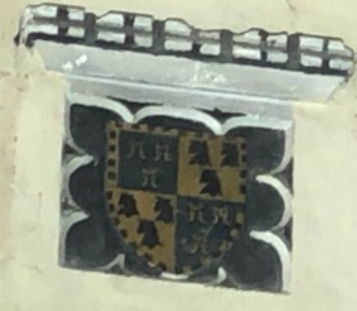Wealth and Ownership
This page is a "work-in-progress" and an attempt to put some of Belchamp Walter's history into contenxt.
It seems so important in the UK, and possibly in the whole 1st world, where you live and whether you own your own house, what car you drive and what "class" you are.
In Belchamp Walter this is particularly the case. My interest is in how some of the wealth in the period after the Medieval years to the present time. There was obviously money from farming and the Church, the former possibly the wool industry of Suffolk and the furtile lands of North Essex and Suffolk.
The geographic area known as Thunderlow at the time of Conquest was until the English Civil War a "tenancy" that was passed around families that were in some way associated with the monachy. The concept of "ownership" had no real meaning in Feudal times.
Belchamp Walter
The time period from the Civil War until present time is of particular interest with respect
to where the money came from.
Before that time things were run in a Feudal manner and this endend sometime prior to Tudor period when Henry VIII
cetainly changed things with the Dissolution of the monasteries. The reformation must have had an impact on the Church
but it was before the Restoration and the end of the Feudal era.
The ownership of the land where the medieval Manor House was built has been occupied by the same family since 1611. The Manoral lands were sold off in 1744 to Thomas Ruggles and they were purchased back in 1865. The village school house was built in 1872 and major renovations where made to the Church in 1859. The questions are: "Why was the Manoral land sold to Thomas Ruggles and for how much?" and "if the 'lordship of the Manor' was recovered in 1871, was this a cash purchase?". The fact that money was spent on the Hall, the Church and the School House around this time tends to indicate that there was an injection of cash.
After the manor was "recovered" the farmland was "managed" on behalf of JMSR. The Raymond family were active in the clergy at the time of the "recovery" and for some time after that. The ownership of the farmland has continued to the present day but the participation in the church as clergy was not continued after ????? Raymond in ????.
Also JMSR's sister Emma Breteron Raymond's husband Frederick Perry was buried in a tomb on the North side of St. Mary's church on the site of Sir John Botetourts chantry chapel. It should be noted that the other members of the Raymond family were interred either in the family vaults of the Church or in the churchyard on the South of the Church. (the tombstones have been relocated, so it is not known where the orginal burials were)
